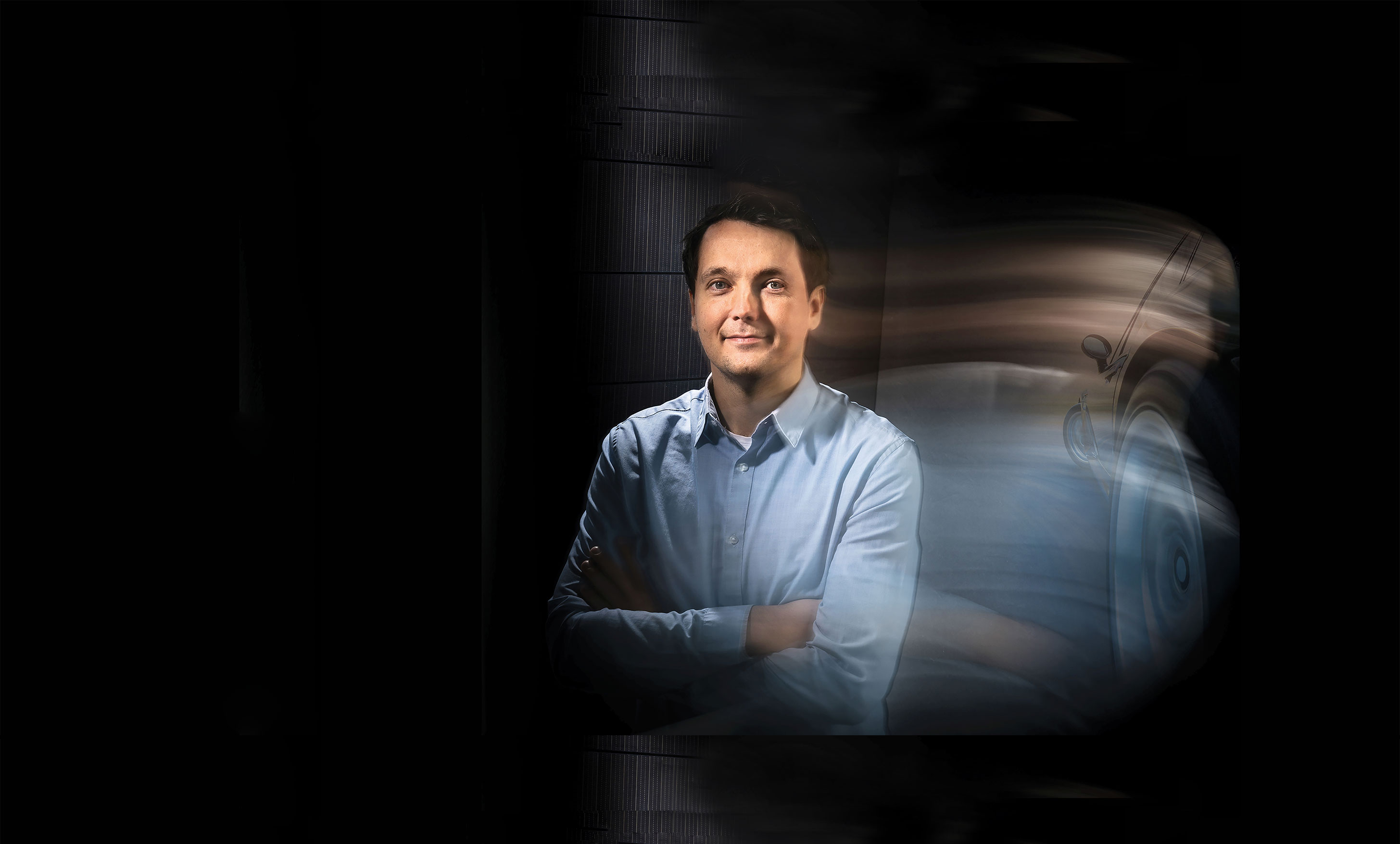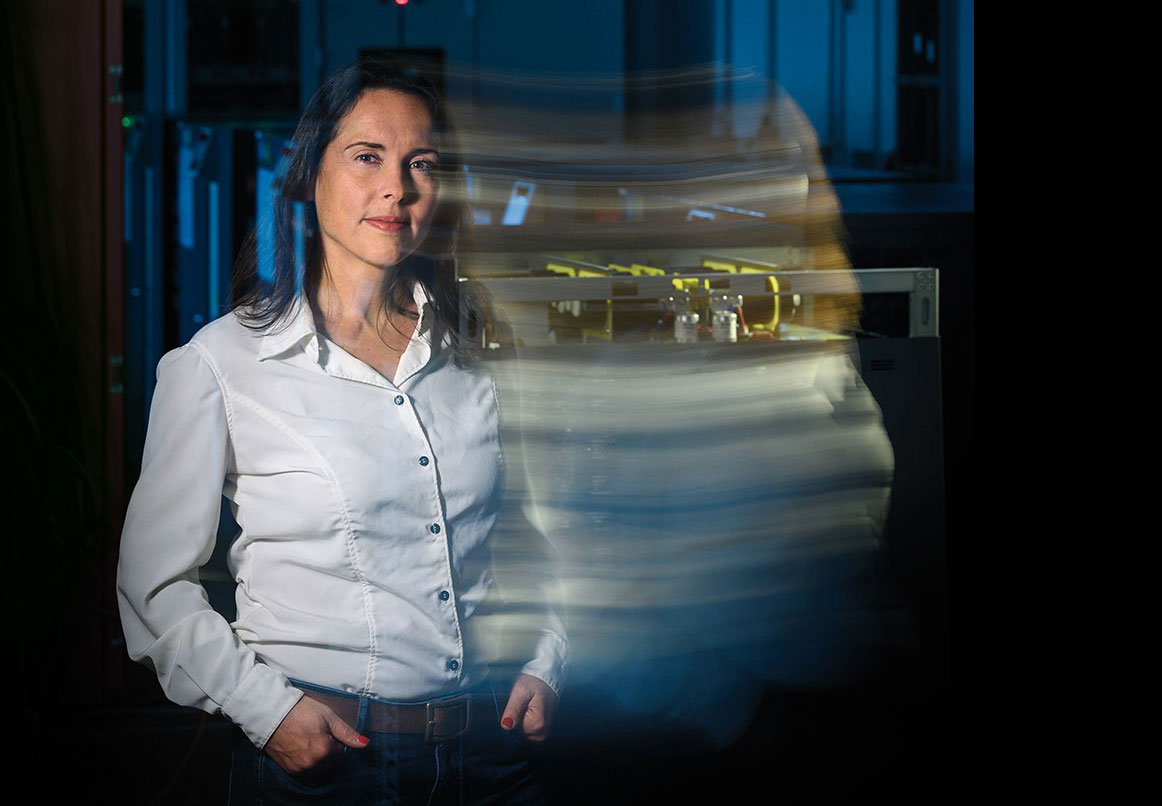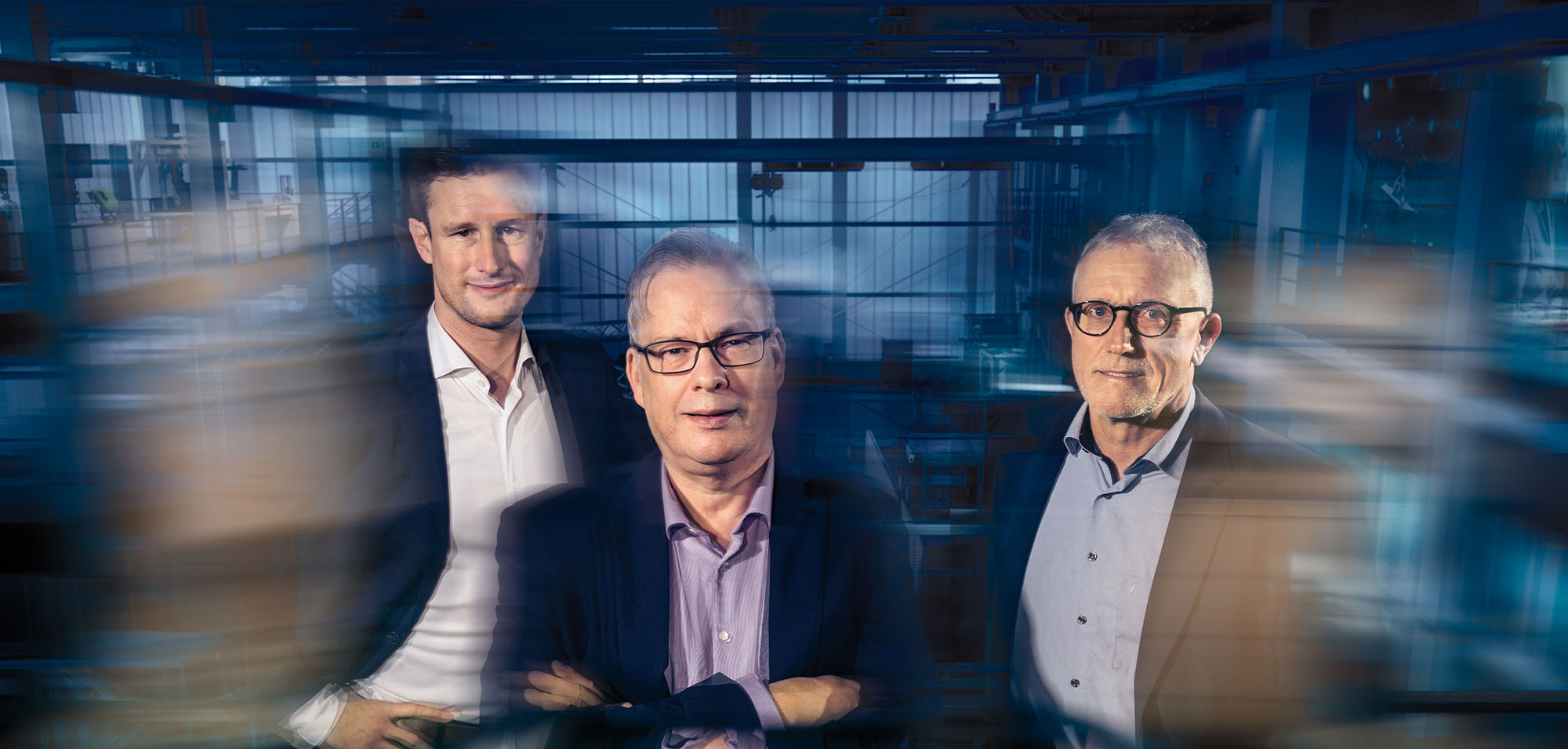The alternative option: fuel cells
Fuel-cell-powered vehicles constitute another contender amid the ranks of electric vehicles – and thus also a beacon of hope for the mobility of tomorrow. These cars combine hydrogen fuel with air to form water and electrical energy, which then powers the electric engine. However, they must overcome much the same challenges as battery-powered vehicles. The sector is facing enormous pressure in terms of costs, which means that fuel cells have to become cheaper. The installation space is also limited, in trucks as much as regular cars – so the modules have to be as small as possible. And if they are to be deployed in trucks, then their lifespan must be increased even further.
In project SinterGDL, researchers at Fraunhofer IFAM in Dresden are working to reduce the costs of fuel cells for trucks, while also delivering a more compact cell design. The goal of the project is to develop a novel PEM stack unit that is both cheap and compact. The core element of the unit is the gas diffusion layer (GDL), which facilitates the supply of equal amounts of hydrogen and air over the entire surface area – which can be as big as a letter-size sheet of paper – and the removal of heat, water and elec tricity. “Crucially, instead of manufacturing the GDL out of carbon, we make it entirely out of metal,” reveals Dr. Olaf Andersen, head of department at Fraunhofer IFAM. “By doing this, we are making it easier to scale manufacturing processes up to high volumes, as well as reducing the production costs for the components. Metal components are also easier to install and recycle.” This is because the researchers are using processes from the paper industry, which are suitable for mass production; however, they are not only working with cellulose fibers, fillers and additives, but also metal powder. The end product looks like a sheet of paper, but the metal powder it contains gives it a gray color. It is also up to 200 micrometers thicker than paper, which generally only gets up to 80 micrometers. Next, the team burns out the cellulose at temperatures of up to 600 degrees Celsius, in a special inert gas atmosphere that prevents the metal from oxidizing. The purpose of this step is to cleanly remove all organic components, so that only the metallic parts remain. These are then sintered at 1,250 degrees Celsius, which causes the metallic elements to fuse tightly together. Because the researchers can adjust the metallic GDL’s properties to a great extent, for example, by using different kinds of fibers or altering the size distribution of the pores in the GDL as it forms, they hope that, on top of enabling cost-effective, mass-scale production, they will also improve the GDL’s performance parameters and thus reduce the installation space needed for the fuel cells. Fraunhofer is sowing fresh seeds of hope for fuel cells as an alternative power source in electric vehicles.


